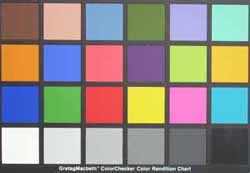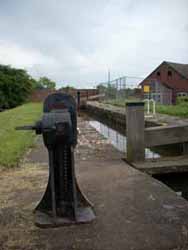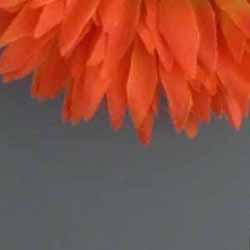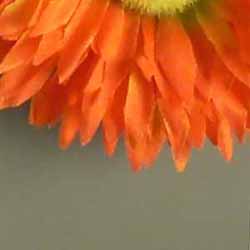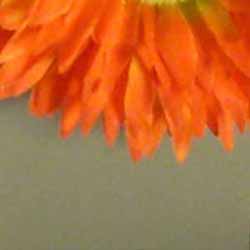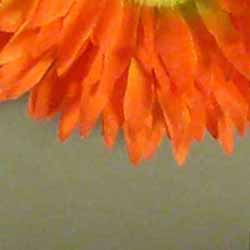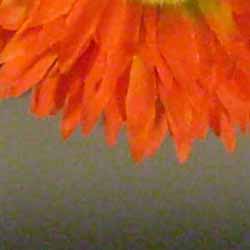Nikon are like a motor club. They have a die hard fan base that will stay with the brand for years, possibly life, which is something that is not seen in many other companies except the prestige. Luckily, Nikon are a little more down to earth and keep releasing budget compacts for the consumer that wants ease of use and a well known company name.
The L11 gives just that and with 6.1Mp, D-Lighting and Face priority AF, it’s also packed with features to make your life even easier.
- Sensor: CCD – 6.1Mp
- Image Size: 2816×2112 pixels
- Lens:38-112mm f/2.8/5.2
- Focus: Auto
- Exposure: Auto/15 Scene
- Metering: Matrix metering
- Monitor: 2.4in. TFT LCD
- Movie Mode: Yes
- Storage: 7Mb of internal storage memory, SD
- Batteries: 2xAA Batteries
- AC Adaptor: Optional
- Video Output: Yes
- Size/Weight: 89x60x27mm – 125g
- Transfer: USB
The L11 is priced at £119 and has to compete with the Canon Powershot A550 also at £119 with 7.1Mp and a 4x optical zoom or the Olympus FE230 at £129 with 7.1Mp and 3x optical zoom. The Canon, whilst higher specification, is a bigger camera but not by much and the Olympus has higher resolution, is smaller and is metal.
 Modes and features
Modes and features
The L11 is small, slim and light. No, scratch that, it’s not, it’s heavy. Too heavy for a plastic camera, although there are traces of metal running through it on the top plate for instance. Only two buttons occupy the top of the camera being the power button and the shutter release. The menu button gives access to the Set up, Resolution, White balance, Continuous shooting modes and BSS which is the Best shot selector for use in dark lit situations and in this mode the camera will do absolutely everything to the point where the flash cannot even be overridden. There is also a Colour options mode to convert to black and white, sepia, vivid colour or cyanotype which gives the picture a cyan cast – good for spooky graveyard images if that’s your fancy.
The zoom is a rocker button in the top right of the camera and despite its size is easy to use. The camera also offers Flash modes, Macro , Exposure compensation and self timer on the navigation pad. The review and delete buttons for playback are separate to the other features but some buttons have a double use in playback and these are highlighted blue. A switch at the bottom of the camera gives the option of taking pictures which is shown by a green camera, different scene modes which feature Face priority, Portrait, Landscape, Sports, Night portrait, Party/indoor, Beach/snow, Sunset, Dusk/dawn, Night landscape, Close-up, Museum, Fireworks, Copy, Backlit and Panorama assist. There is also access to the Set up, Resolution and a voice recorder in this area. The Video mode is also available on this switch by flicking it all the way to the right.
The L11 comes with 7Mb of internal memory but with image resolutions of 6Mp, frankly, they shouldn’t have bothered as it can only hold two pictures. It appears that manufacturers are going down the route of only giving an amount of memory to fulfil an obligation to provide a camera that is able to take pictures and you have to worry about memory cards yourself.
Should you stop using the camera for whatever reason and leave it on, it will automatically go into an idle mode which is a good feature as it preserves power. However, getting the camera out of the feature is annoying. Any button can be pressed to reactivate the camera and it will take a second or two to get back to running speed and this can be a let down if you want to keep the camera on for any reason, then need a quick shot. You will have to pre-empt it to ensure the camera is ready. To be fair, this feature can be altered in the set up, but beware if you turn it off and forget to switch off the camera.
 Build and handling
Build and handling
The L11 feels as though it has been built very well just as a Nikon should feel. The body is solid and weighty. The camera is responsive 98% of the time, my only gripe is when the camera is first turned on and the lens has extended, it takes a few seconds for any buttons to work likewise when in playback mode and deleting images, the camera pauses for a few seconds after deleting before any more action can be performed. Card and batteries are separate and the covers are not overly strong.
Flash options
The flash options are available are Auto, Auto with Red-eye reduction, Flash off override, Flash on override, Slow sync with flash for night portraits. These options are displayed as icons which make viewing and selecting easier.
Wide angle coverage is approx. 0.4m-3m, whilst zoomed out, the coverage is approx. 0.4-2.5m which is bordering on rubbish.
Performance
At 6Mp, you would expect good results at the usual printing sizes and the camera won’t let you down. The reaction is not the fastest, but will cope with most situations that it will encounter. Face priority is available for portrait mode but this is software-based and slower than the hardware-based technology released by other manufacturers. The camera captured 10 images in the 10 second test with a few more seconds to download the images from the buffer. That places it quite highly in compact stakes, where three to five is the norm.
|
|
|
Noise test
The Nikon L11 has no overriding feature for the ISO, so a more cunning plan had to be unveiled. To force the camera to change the ISO rating, the studio light had to be manouvered away from the subject to force a darker situation on the camera. Because of this, the ISO ratings are not steady. ISO64 works well with no noise as does ISO 200. The image starts to break past the ISO400 range and at ISO455, this is evident. The noise is very visible at ISO590 and even more so, especially in the low key area towards the bottom at ISO800.
Verdict
Some people like to take pictures and not have to worry about changing anything on the camera to make sure they get a good picture and if that’s you, then this is a decent camera to suit your requirements.
It has more than enough features to cope with whatever it will have thrown at it, so try not to expect too much and it will surprise you. The camera is a decent build and fairly laden with features for the price, but with the Canon and Olympus as competitiors, they both offer slightly more.
Plus points ![]() Easy-to-use
Easy-to-use![]() Face priority AF
Face priority AF![]() Good build quality
Good build quality
Minus points![]() Slow reaction time on the buttons
Slow reaction time on the buttons![]() Auto off is frustrating to get round
Auto off is frustrating to get round
FEATURES![]()
HANDLING![]()
PERFORMANCE![]()
OVERALL![]()
The Nikon Coolpix L11 is priced at £119 and is available at the ePHOTOzine shop here.

